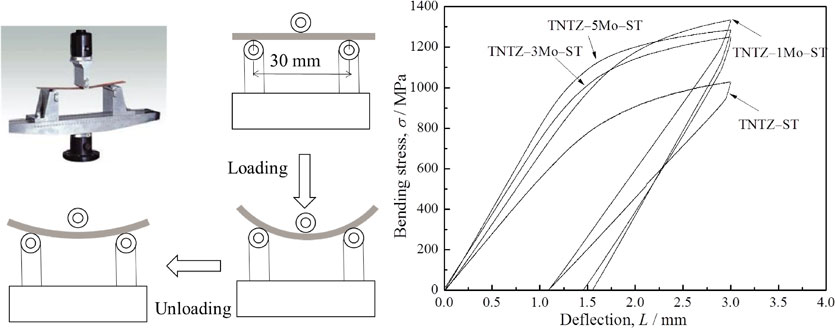- J-STAGE home
- /
- MATERIALS TRANSACTIONS
- /
- Volume 60 (2019) Issue 9
- /
- Article overview
-
Qiang Li
School of Mechanical Engineering, University of Shanghai for Science and Technology
-
Qiang Qi
School of Mechanical Engineering, University of Shanghai for Science and Technology
-
Junjie Li
International Iberian Nanotechnology Laboratory
-
Masaaki Nakai
Department of Mechanical Engineering, Faculty of Science and Engineering, Kindai University
-
Mitsuo Niinomi
School of Mechanical Engineering, University of Shanghai for Science and Technology Institute for Materials Research, Tohoku University Department of Materials and Manufacturing Science, Graduate School of Engineering, Osaka University Department of Materials Science and Engineering, Graduate School of Science and Technology, Meijo University
-
Yuichiro Koizumi
Department of Materials and Manufacturing Science, Graduate School of Engineering, Osaka University
-
Daixiu Wei
Institute for Materials Research, Tohoku University
-
Kenta Yamanaka
Institute for Materials Research, Tohoku University
-
Takayoshi Nakano
Department of Materials and Manufacturing Science, Graduate School of Engineering, Osaka University
-
Akihiko Chiba
Institute for Materials Research, Tohoku University
-
Xuyan Liu
School of Mechanical Engineering, University of Shanghai for Science and Technology
-
Deng Pan
Materials Genome Institute, Shanghai University
2019 Volume 60 Issue 9 Pages 1755-1762
- Published: September 01, 2019 Received: January 29, 2019 Released on J-STAGE: August 25, 2019 Accepted: May 16, 2019 Advance online publication: July 05, 2019 Revised: -
(compatible with EndNote, Reference Manager, ProCite, RefWorks)
(compatible with BibDesk, LaTeX)



